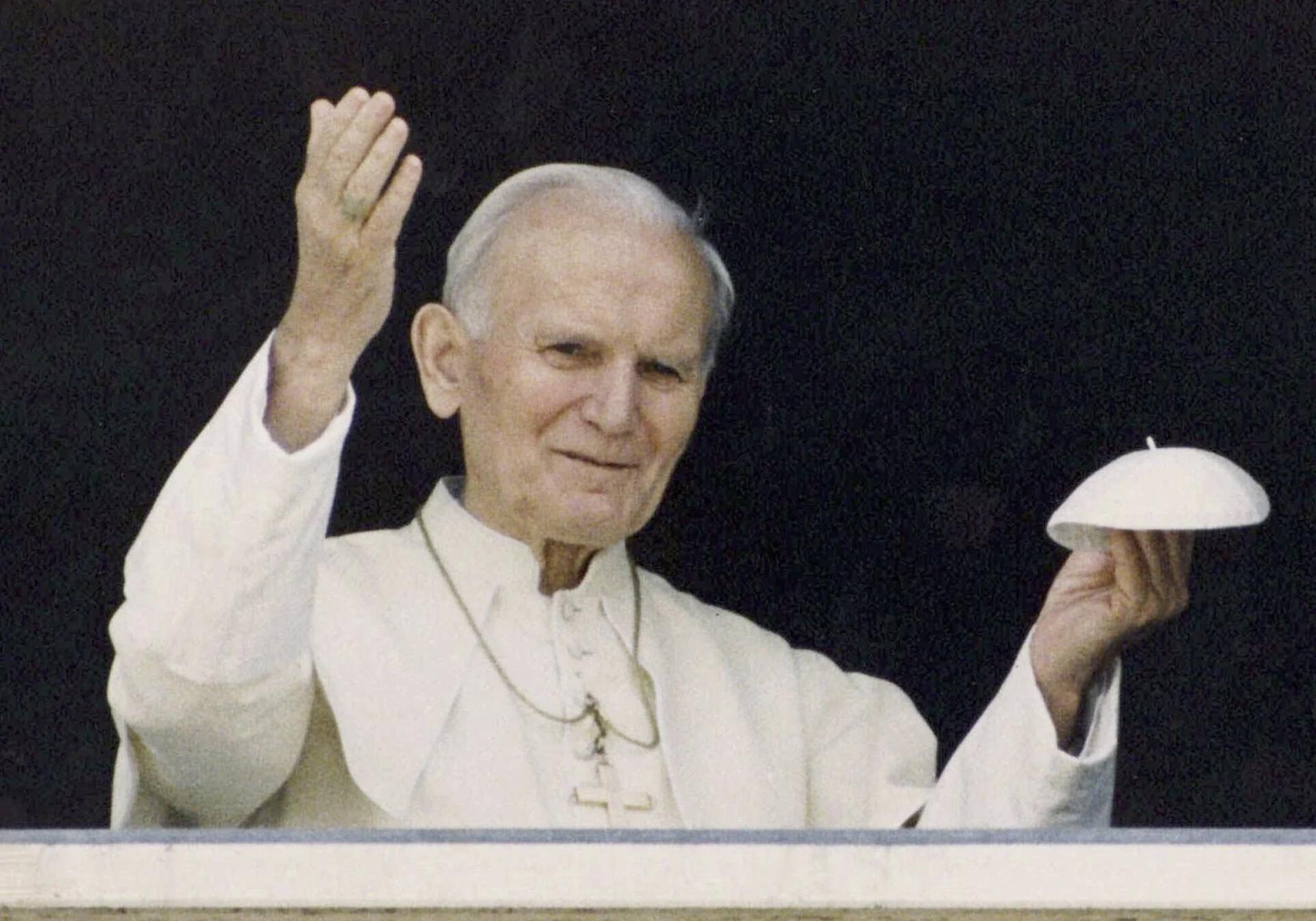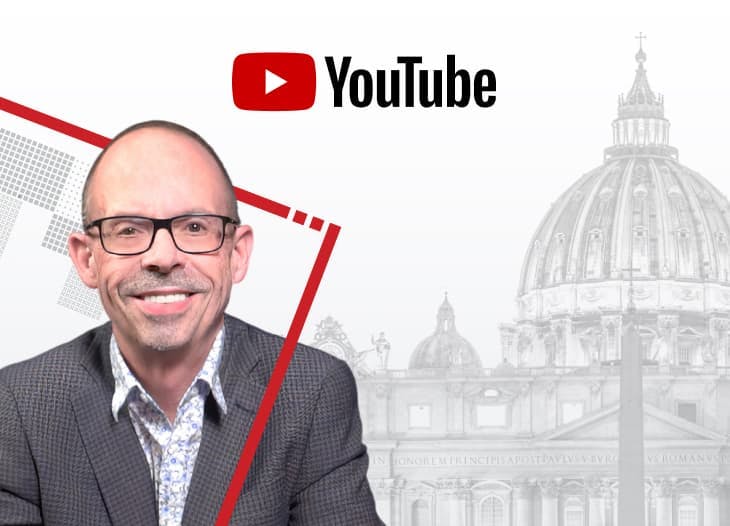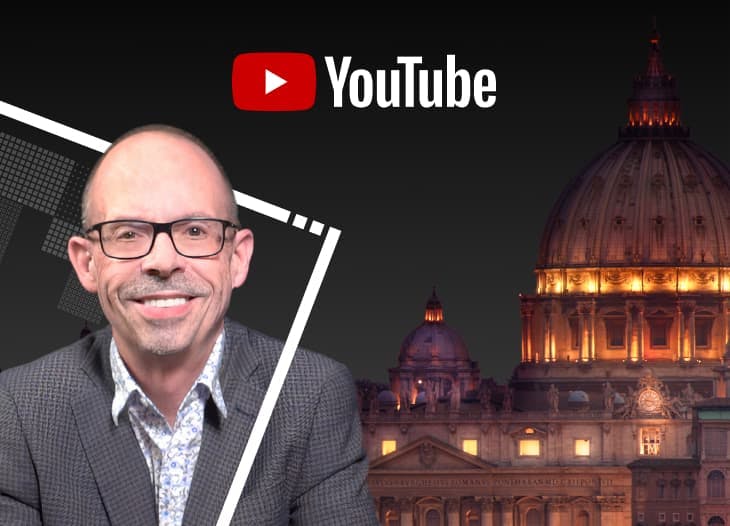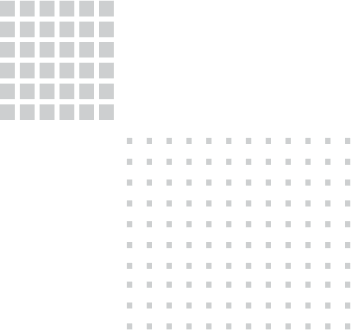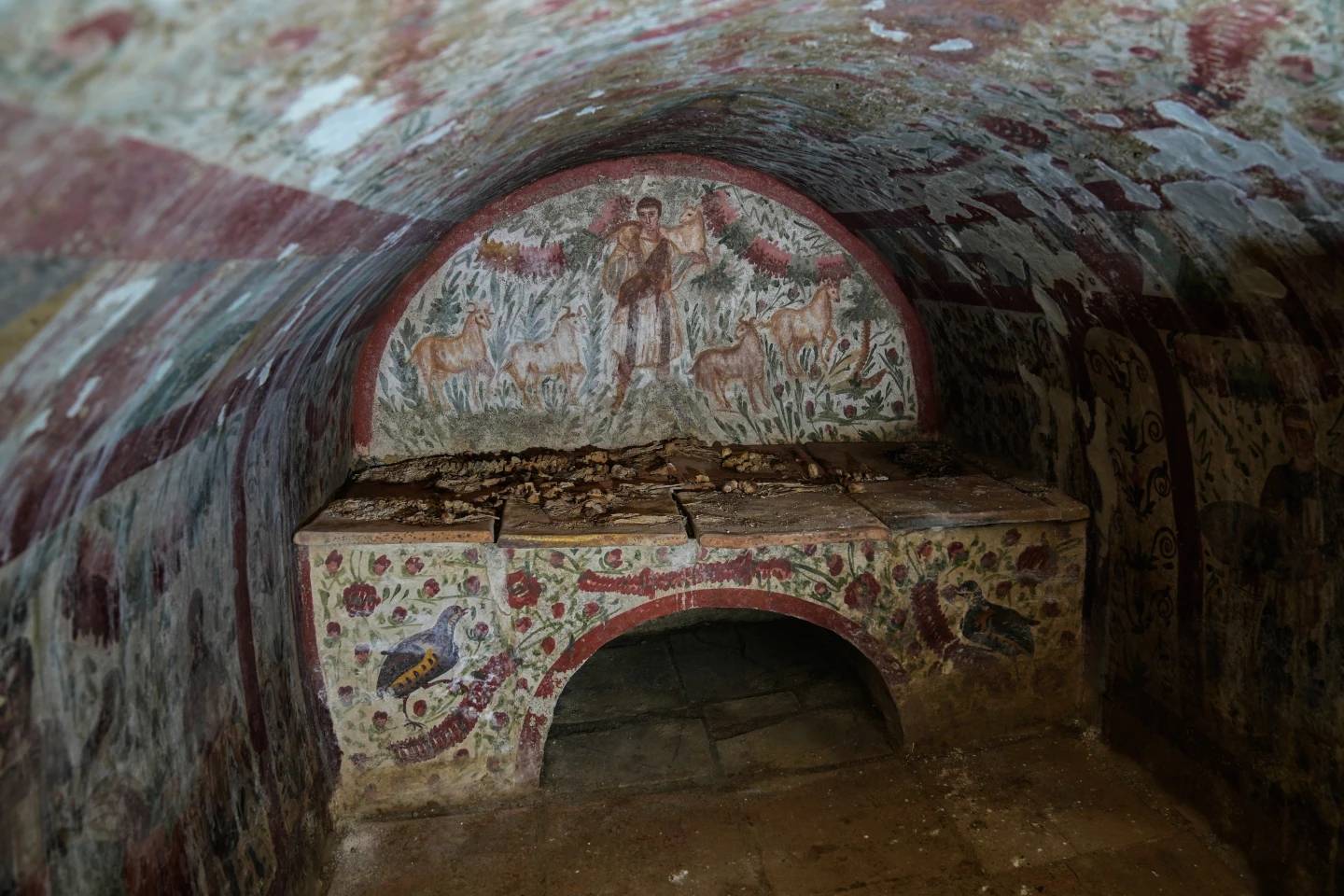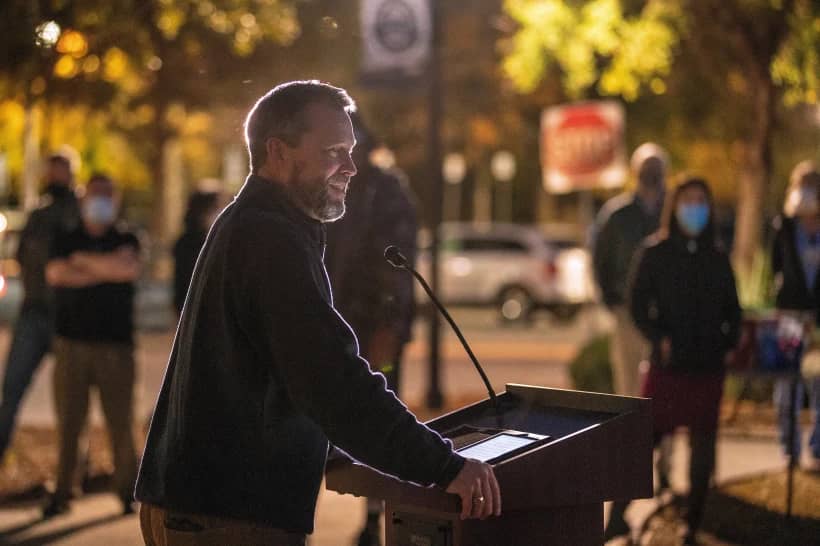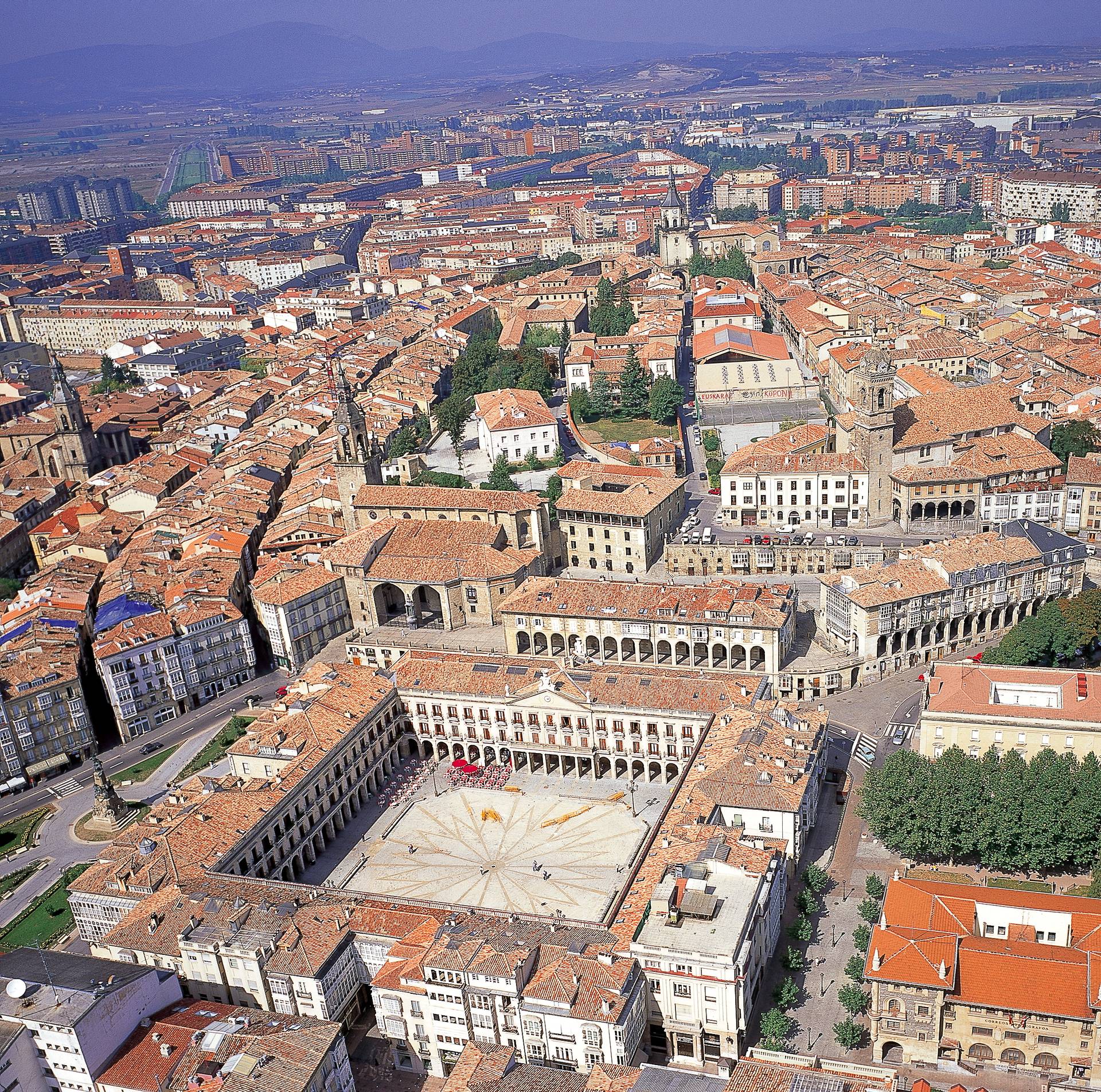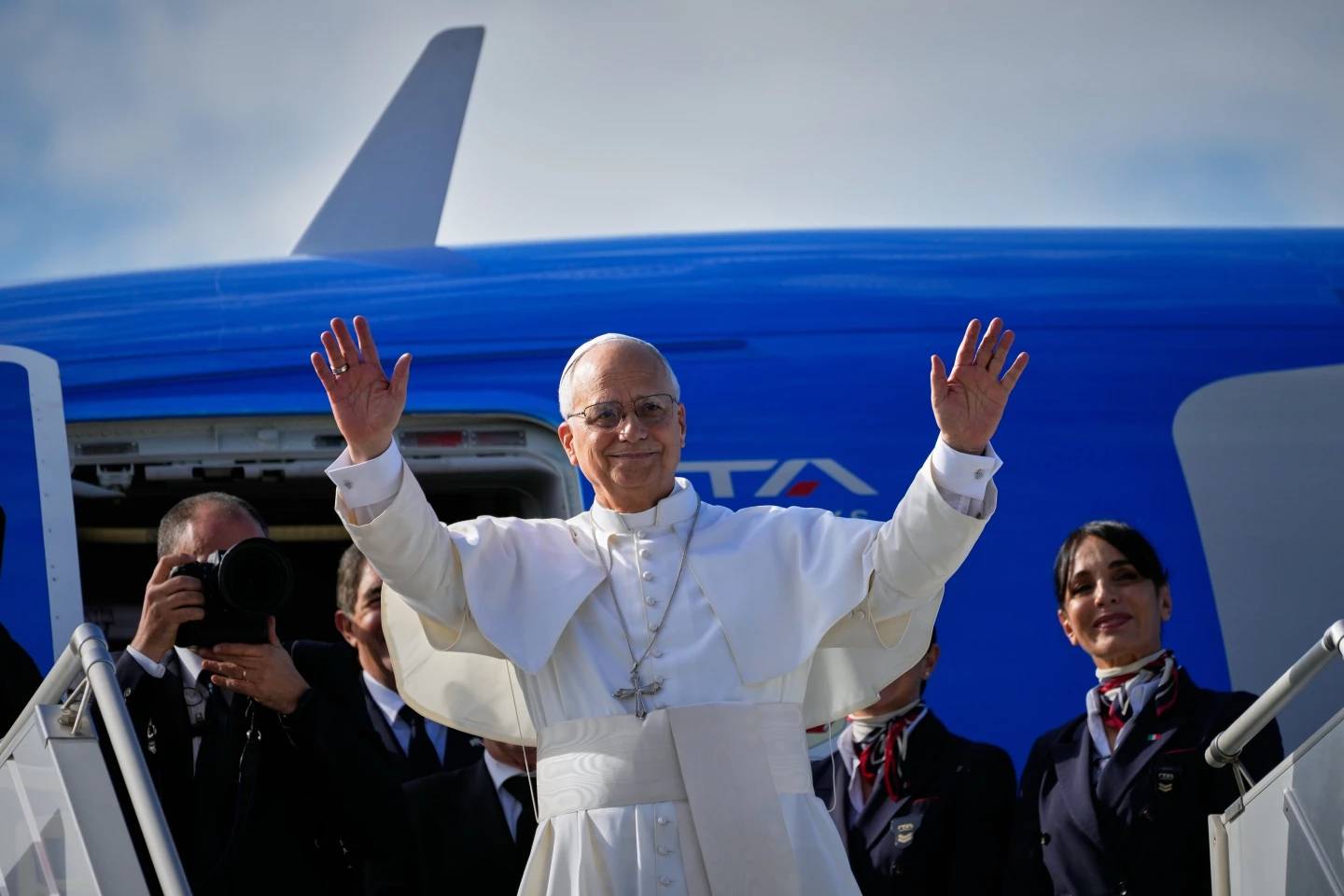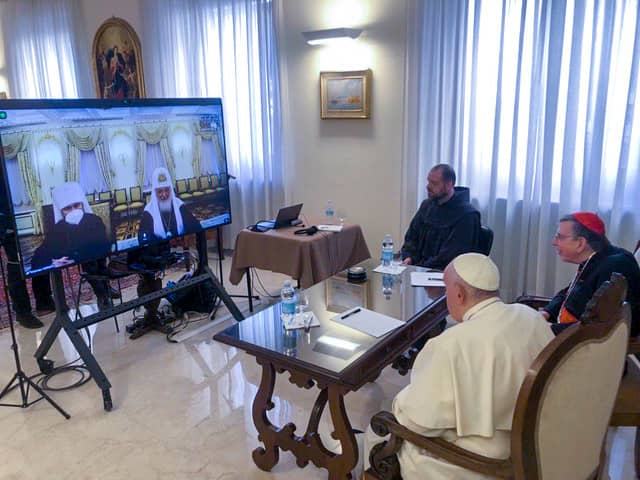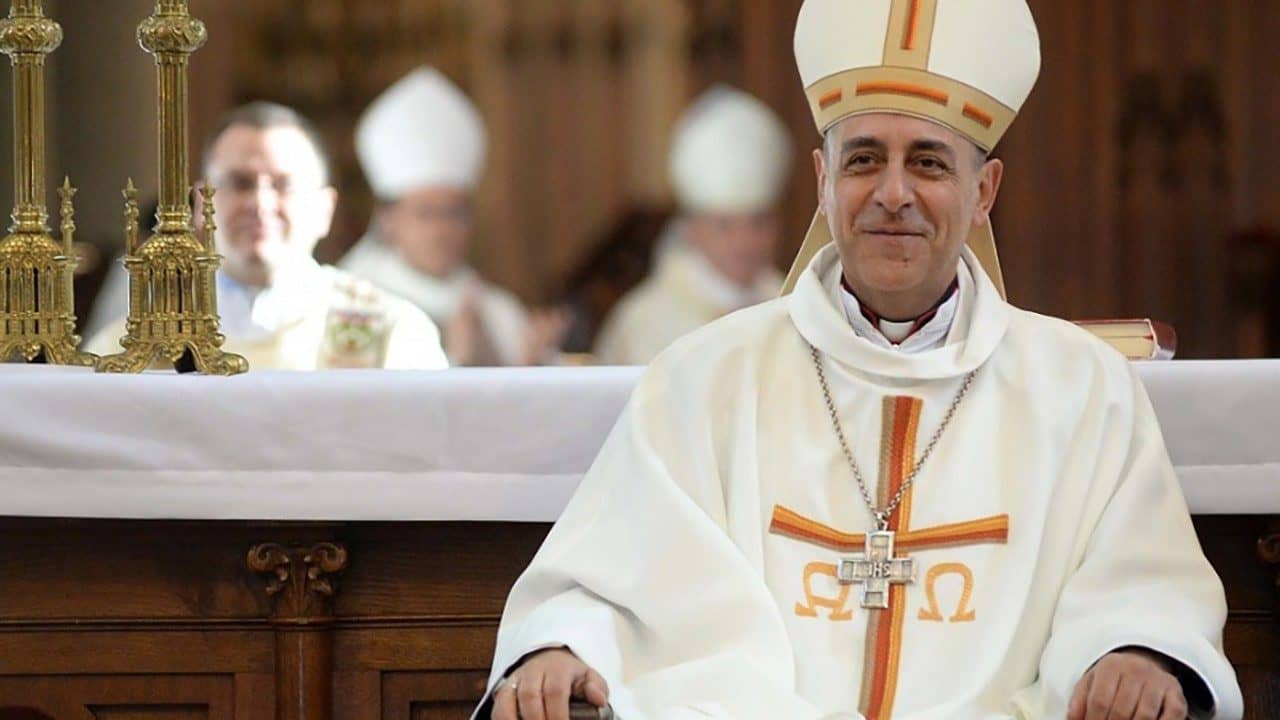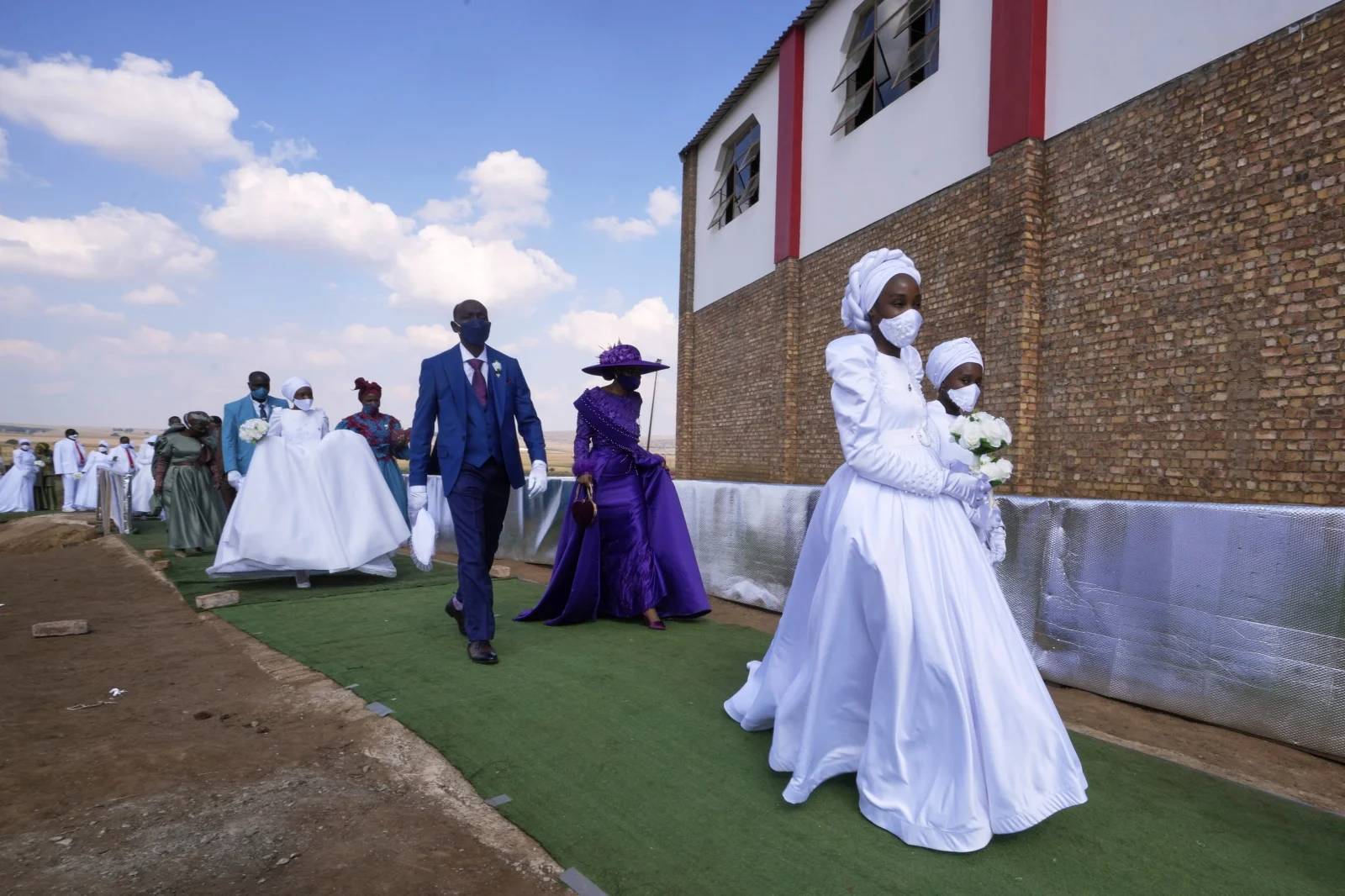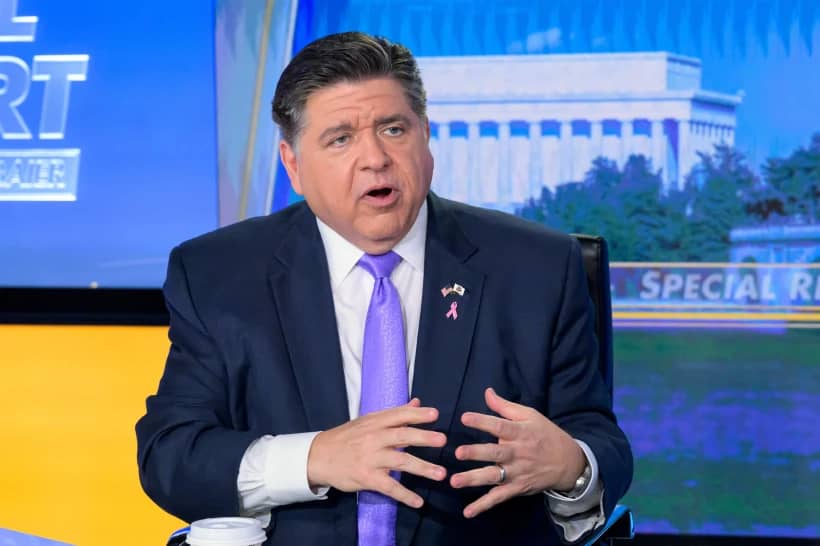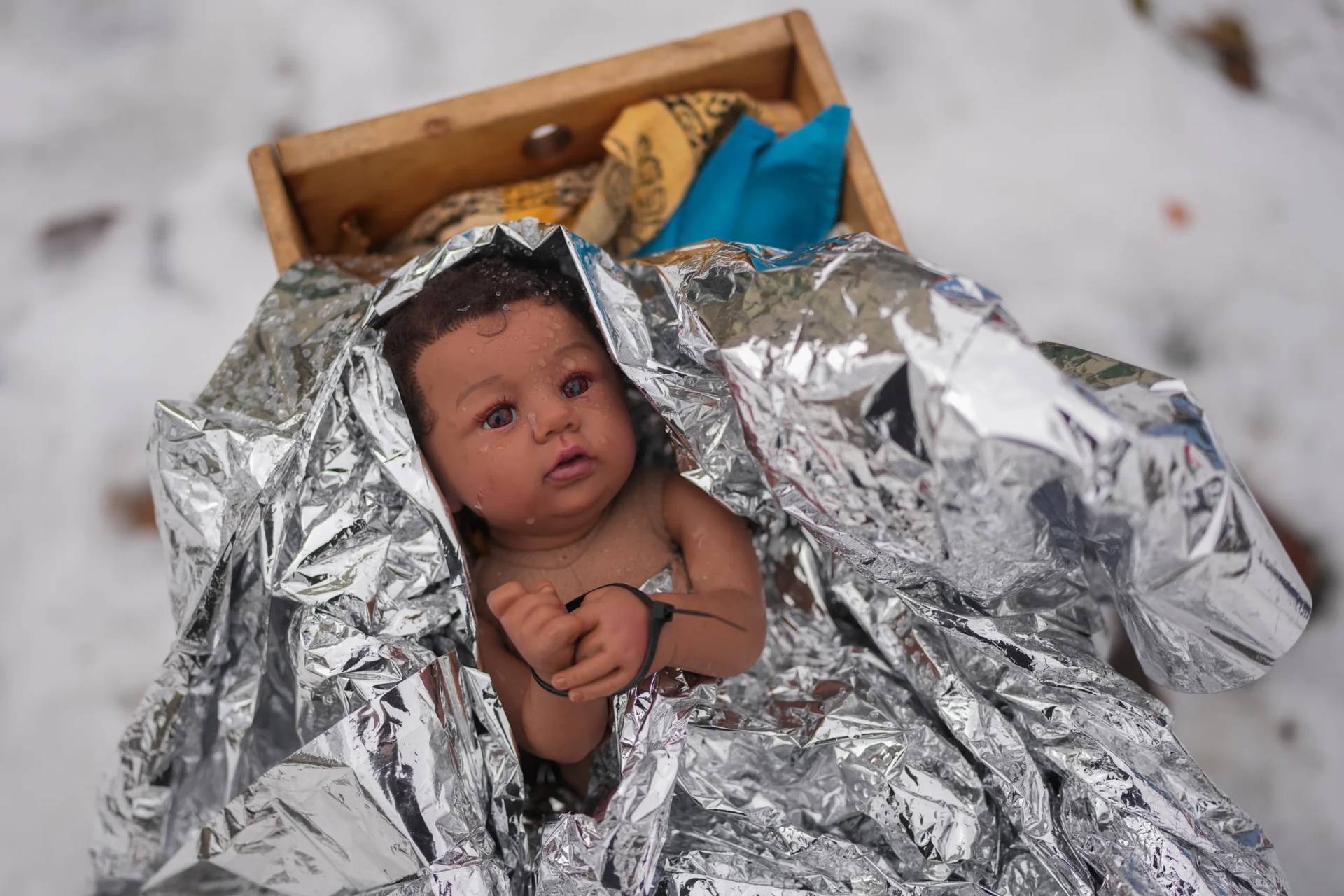“How did he look?” That was the question people would ask, for years, every time I attended a papal event. The pope in those days was John Paul II, who had the looks of a leading man and the gait of a star athlete when he was elected and kept them both for well over a decade.
John Paul II had an appendectomy in October of 1996 (a little less than a year before I moved to Rome), but would not be hospitalized again until February of 2005, even though he was less and less himself.
There had been speculation regarding his health for years, in particular, rumors — later confirmed and eventually acknowledged even by the Vatican — John Paul II was suffering from Parkinson’s Disease. I don’t quite recall when he began to use the rolling platform as a mobility aid and strength-saving measure, but he was definitely relying on it by the Jubilee Year 2000.
“How long do you think he has?” asked a visiting friend at some point during that year or the next.
“I don’t know,” I freely admitted, adding something to the effect that it didn’t look to me like he had much gas left in the tank. Pope John Paul II would reign another three or four full years and travel internationally more than a dozen times. He would publish a major encyclical, Ecclesia de Eucharistia, and issue a half dozen motu proprio on a range of matters from declaring St. Thomas More the patron of statesmen and politicians to reforming the Vatican pension plan.
One of those motu proprio, Sacramentorum sanctitatis tutela, addressed how the Church dealt with grave delicts including crimes of sexual abuse committed by clerics against minors.
In 2002, with the Church in the United States reeling from the Boston Globe’s investigations and subsequent revelations of what was then an emerging picture of rampant sexual abuse and systematic coverup over decades, Pope John Paul II summoned all the U.S. cardinals to Rome.
Among them were Cardinals Law of Boston, Mahony of Los Angeles, and McCarrick of Washington DC.
I thought of all that last week, amid detailed reports from Pope Francis’s physician, Dr. Sergio Alfieri, of how close Francis had come to death during his recent hospital stay, and Alfieri’s hopeful prognostication of a recovery, “if not 100 percent, [then] 90 percent of where [Francis] was before.” Alfieri spoke on Wednesday with Italy’s leading newspaper, Corriere della sera, after visiting the pope in the Santa Marta residence in the Vatican.
A 90 percent recovery from such a serious illness is indeed remarkable, and Alfieri attributes some of it to the prayers of the faithful around the world. “I think the fact that the whole world prayed for him also contributed to this,” he said.
Even after Pope Francis was discharged from the Gemelli and returned to the Vatican, several old hands including this one wondered whether we were not witnessing something like John Paul II’s last illness, which began as a virulent flu that appeared to get better before it got worse.
The doctor’s words are encouraging, and hope and prayer are never out of order, but even Alfieri understood that the biggest variable will be Pope Francis himself. “[I]f he recovers so quickly,” Alfieri said, the pope’s minders in the Vatican “will have to put on the brakes.’’
For good and for ill, Pope John Paul II had always been fairly content to leave most of the day-to-day work to the offices—hence to the officers — of the Roman Curia. Pope Francis just doesn’t govern that way.
More to the point, Pope Francis has not surrounded himself with independent subalterns and lieutenants or empowered those he has chosen to take decisions for him. “He has a tired body,” Alfieri said of Pope Francis, “but the head is that of a 50-year-old.”
Pope Francis also has a “hands on” approach to government, into which he has channeled hitherto almost preternatural reserves of strength and stamina. There is a real worry it won’t be the work that wears him out, but the rest.
Even if he were not weak and frail, it appears the Rupnik Affair is coming to a head — the epitome of the great crisis of the Francis pontificate — and it will not be easy for Francis to stay out of it.
The long and the short of it is, people wondered for years how close John Paul II was to the end, and crises both within and without continued to happen.
(It’s worth mentioning in that regard, how the U.S. invasion of Iraq caused major international tension in 2003, and the Trump administration is rattling allies and destabilizing international order in the present.)
With apologies to Samuel Langhorne Clemens (if he really said it): History doesn’t repeat itself, but it often rhymes.
